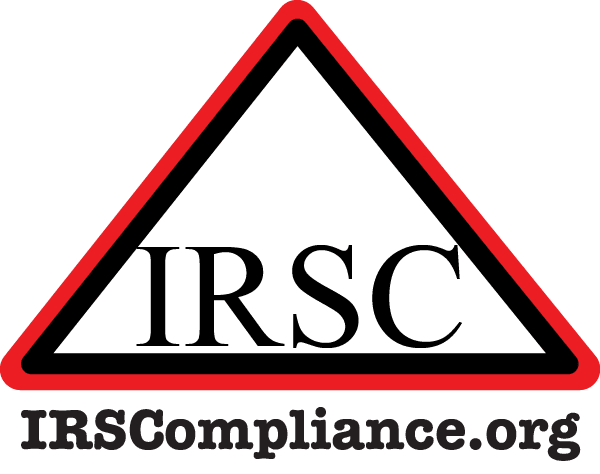Employee stock options are not subject to Railroad Retirement Tax
In Wisconsin Central Ltd. v. U.S., 138 S. Ct. 2067, the U. S. Supreme Court ruled that employee stock options are not “money remuneration” subject to the Railroad Retirement Tax Act (RRTA). If you are a railroad employer, do not withhold Tier 1 and Tier 2 taxes when employees covered by the RRTA exercise stock options. You still must withhold federal income tax on taxable compensation from railroad employees exercising their options. For more information see ‘For employees covered by RRTA tax’ on the Instructions for Form W-2.
Box 9 Verification code
The Verification code pilot program has ended. Box 9 is no longer in use for tax year 2019.
The Internal Revenue Service implemented the pilot to verify the authenticity of Form W-2 data. This initiative is one in a series of steps implemented by the Security Summit to combat tax-related identity theft and refund fraud. The objective was to verify Form W-2 data submitted by taxpayers on e-filed individual tax returns. The IRS has partnered with certain payroll service providers (PSPs) to include a 16-character verification code on many Forms W-2 provided to employees.
Disaster tax relief
Disaster tax relief is available for those affected by recent disasters. For more information about disaster relief, go to www.irs.gov/newsroom/tax-relief-in-disaster-situations.
Penalties increased
Failure to file and failure to furnish penalties and penalties for intentional disregard of filing and payee statement requirements have increased due to adjustments for inflation. The higher penalty amounts apply to returns required to be filed after December 31, 2019. The following penalties apply to the person or employer required to file Form W-2. The penalties apply to both paper filers and e-filers.
Failure to file correct information returns by the due date
If you fail to file a correct Form W-2 by the due date and cannot show reasonable cause, you may be subject to a penalty as provided under section 6721. The penalty applies if you:
- Fail to file timely,
- Fail to include all information required to be shown on Form W-2,
- Include incorrect information on Form W-2,
- File on paper forms when you are required to e-file,
- Report an incorrect TIN,
- Fail to report a TIN, or
- Fail to file paper Forms W-2 that are machine readable.
The amount of the penalty is based on when you file the correct Form W-2. Penalties are indexed for inflation. The penalty amounts shown below apply for filings due after December 31, 2019. The penalty is:
- $50 per Form W-2 if you correctly file within 30 days of the due date; the maximum penalty is $556,500 per year ($194,500 for small businesses, defined in Small businesses).
- $110 per Form W-2 if you correctly file more than 30 days after the due date but by August 1; the maximum penalty is $1,669,500 per year ($556,500 for small businesses).
- $270 per Form W-2 if you file after August 1, do not file corrections, or do not file required Forms W-2; the maximum penalty is $3,339,000 per year ($1,113,000 for small businesses).
If you do not file corrections and you do not meet any of the exceptions to the penalty, the penalty is $270 per information return. The maximum penalty is $3,339,000 per year ($1,113,000 for small businesses). For Exceptions to the penalty see the ‘General Instructions for Forms W-2 and W-3’.
